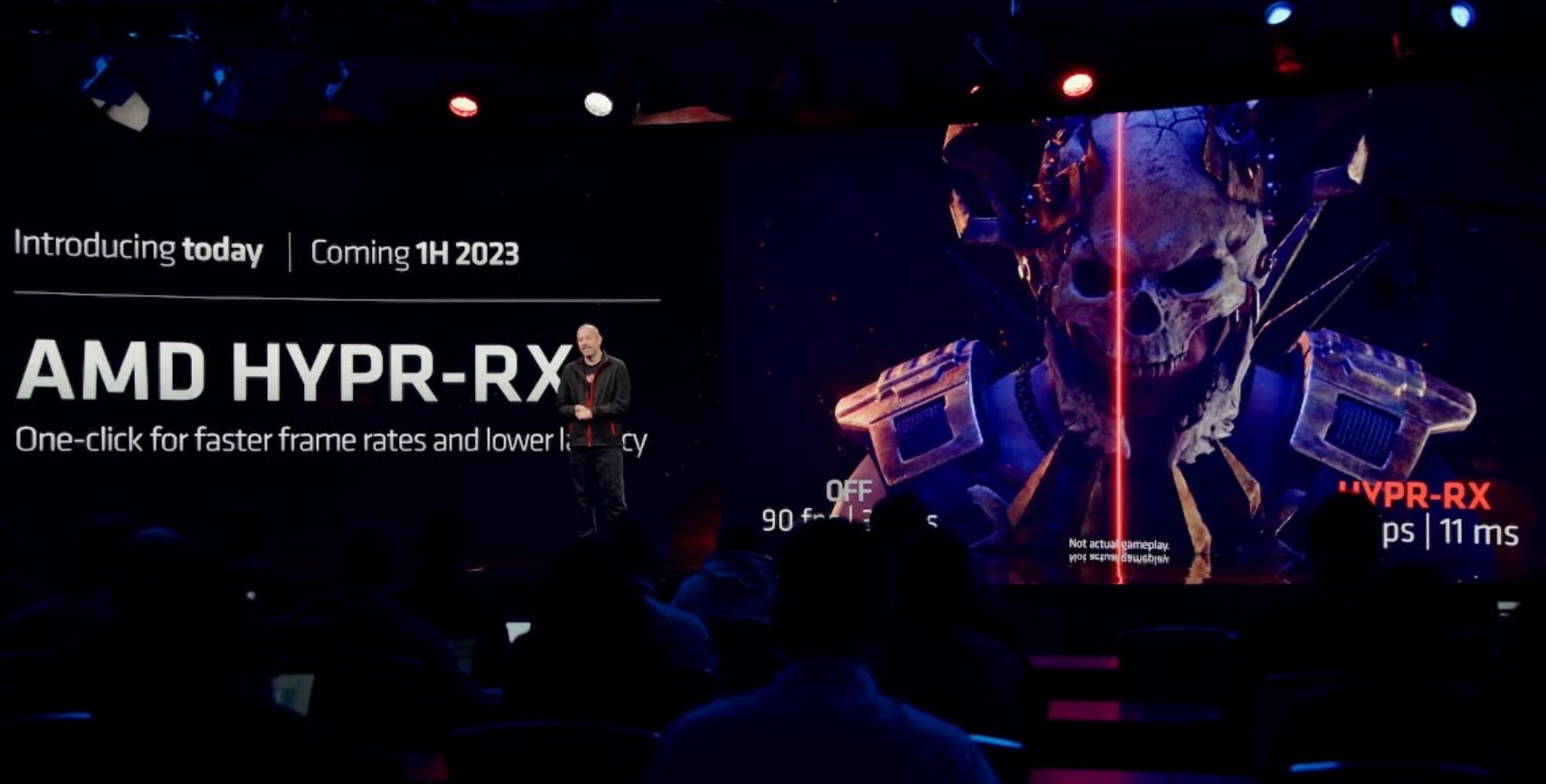So UE5 is kinda ruining the parade of Raytracing. This is why I believe RDNA3 is in a good position because you will still be able to turn HW-RT off and use Software-RT in games that run on UE5
Your argument is probably weaker than the other related argument, which is Lumens SW RT is often faster than any HW RT, depending on content.
There is this ussue of HW RT becominjg slow if multiple isntances of BVH overlap in space, e.g. the many layers of rock models seen in the Land of Nanite demo.
IIrc, they often have overlaps of 20 models, and HW RT needs to traverse all of them to find teh closest intersection. This is not a HW restriction, but a downside of the BVH data structure and ray tracing algorithms in general.
The SW SDF approach has some advantage here, becasue we can use the distance we get on the first ray entry to reject most of those 20 model squickly, plus SDF can be more easily merged to a single, global SDF than BVH.
Contrary, the Matrix City demo has probably very little no overlaps, because models have tight BVH boxes not extending the model much, and the models fit tightly to each other without a need to overlap them.
Here, HW RT will do better.
I assume this holds no matter what's the vendor of your GPU, but there surely are some cases where AMD would go faster with SW RT, but NV is faster with HW RT for the same scene.
Still, i don't think AMDs weaker RT is so much of a problem right now. And, um, UE5 seems slow no matter what.
It's more of a problem for the future, maybe.
If i upgrade my GPU nowadays, i want to use it for at least 5 years. Because they are more expensive, i'll upgrade less often than i did before.
So how will it be in 5 years? Will the weak RT perf. force me to upgrade earlier than otherwise, if i buy some RDNA3 now?
Personally i think that's a no, because in 5 years we'll probably still have the same console generation. But that's surely a factor to consider, even for those who think RT is
not that important.

